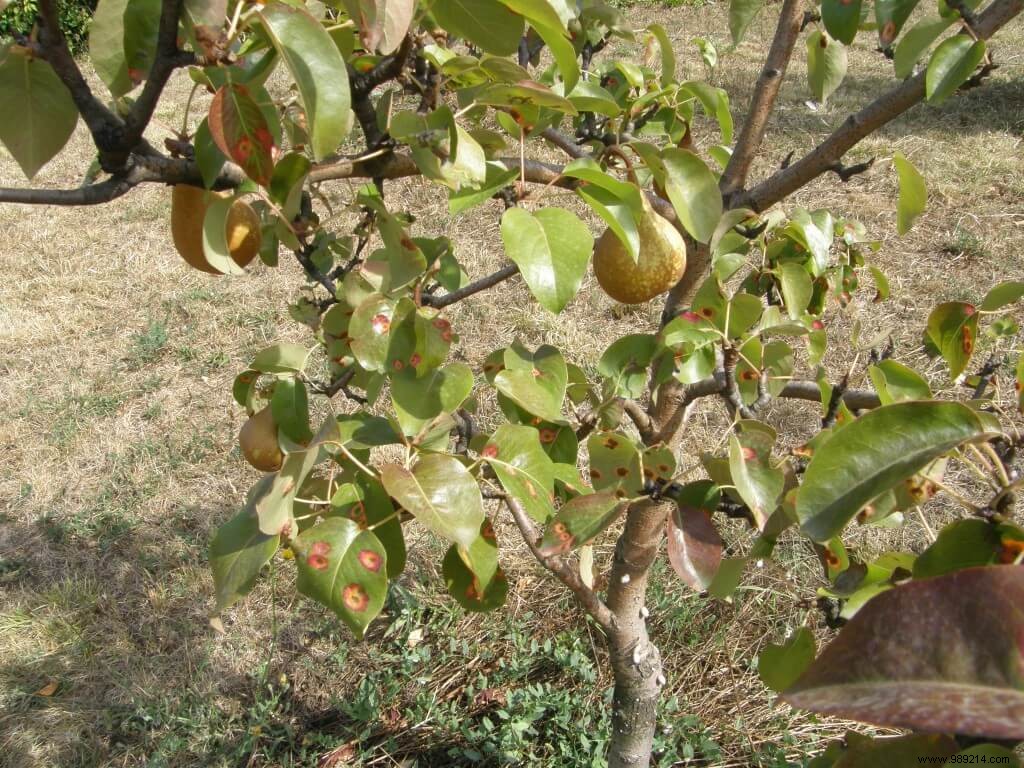A remote autopsy is risky... Let's solve the problem of orientation, a pear tree is planted in the sun. But in the shade it grows and gives even less fruit than, in my south I saw pear trees and other fruit trees, well appreciate the shade of the oaks.
On the other hand, the soil of your garden being calcareous, the choice of rootstock is important.
The Pyriam (OH11), the OH Farold 69 Daynir and the OH Farold 87 Daytor tolerate lime. The quince of Provence (not the other quince trees) is suitable for poor, calcareous soil. The Frank gives very vigorous trees with deep roots, but with a long fruit set (sometimes 7 to 8 years of patience…).
Now the pear tree could have suffered a parasitic attack such as pear dieback or fire blight or have its roots chewed up by voles. Too much water or a lack of watering cannot be ruled out either.
No fresh manure on or under the roots when planting.
A stake prevents the plant from heaving in windy terrain.
In any case, it is better not to plant a pear tree where a previous one has died. If a parasite remains, the same causes give the same results.

Pear trellis rust, a fungus not really dangerous but which weakens the tree